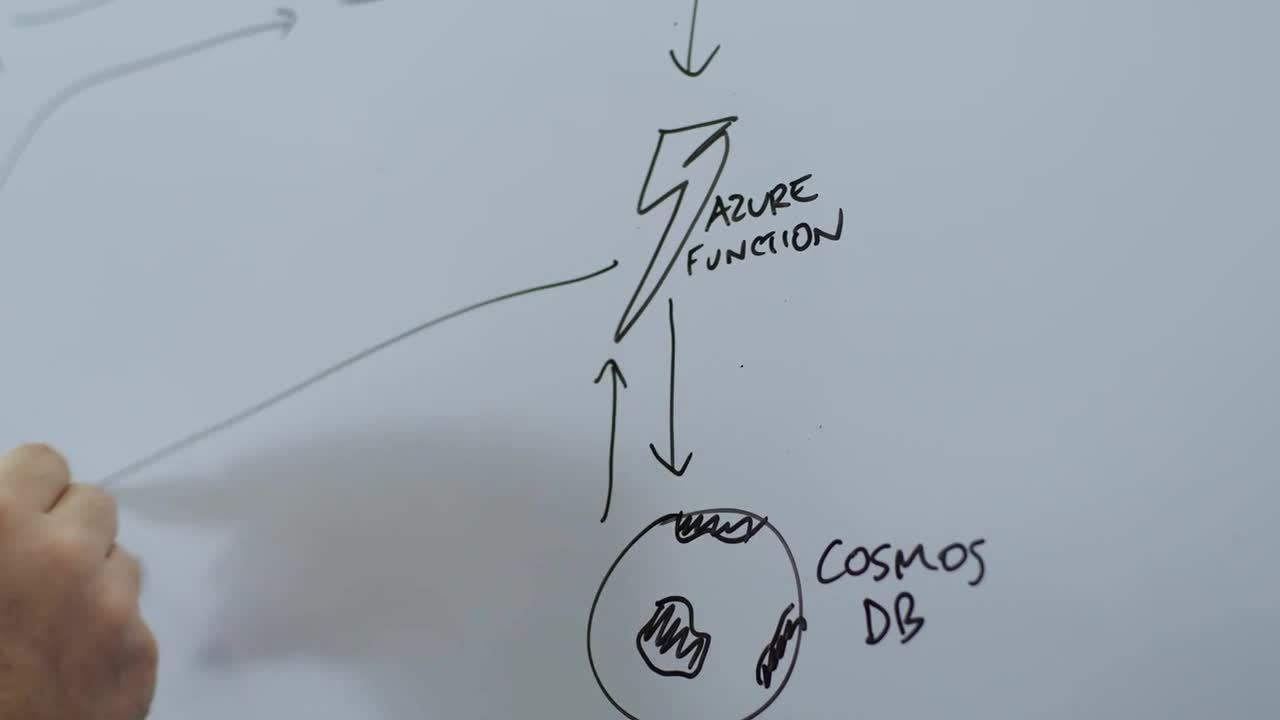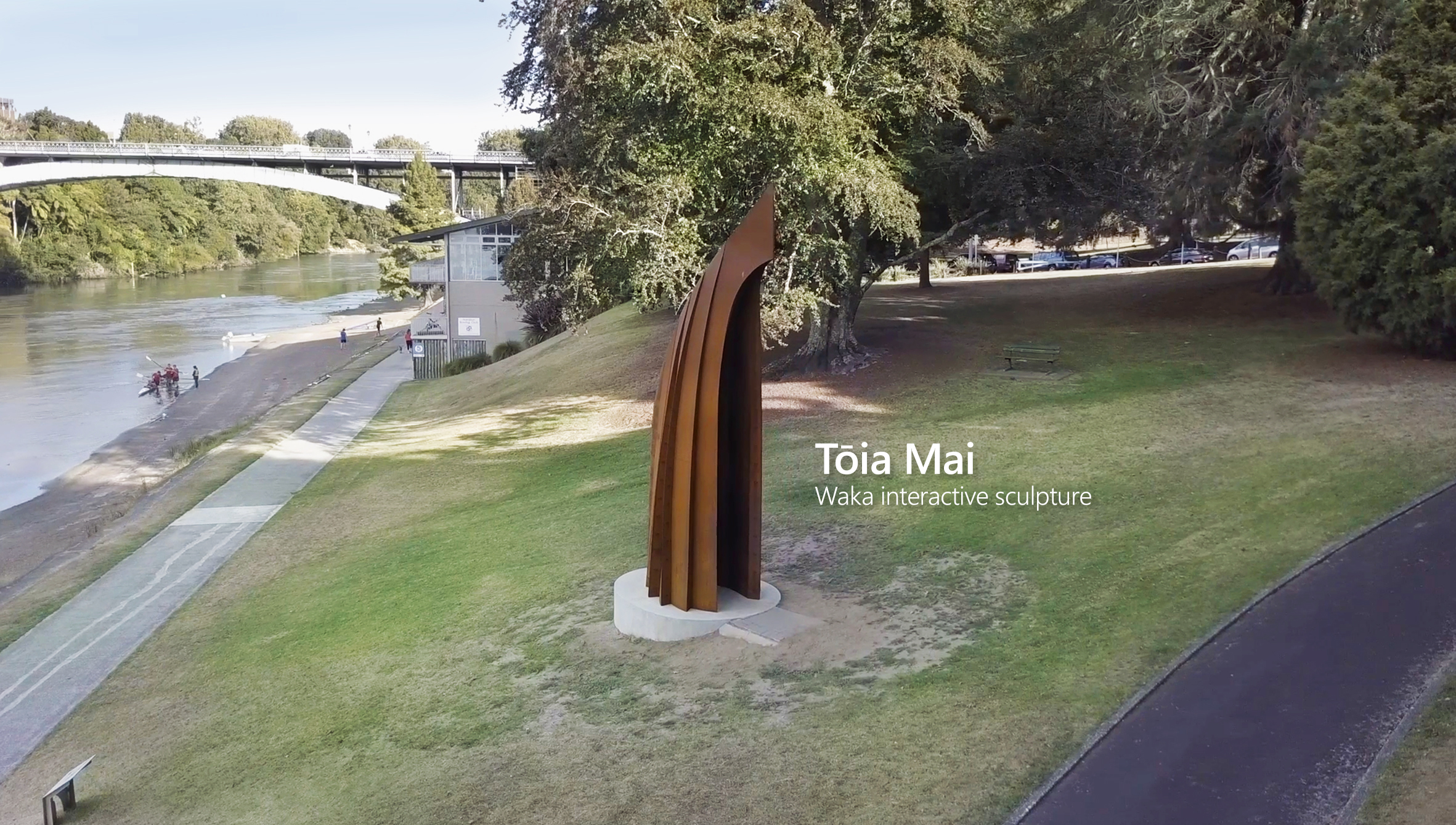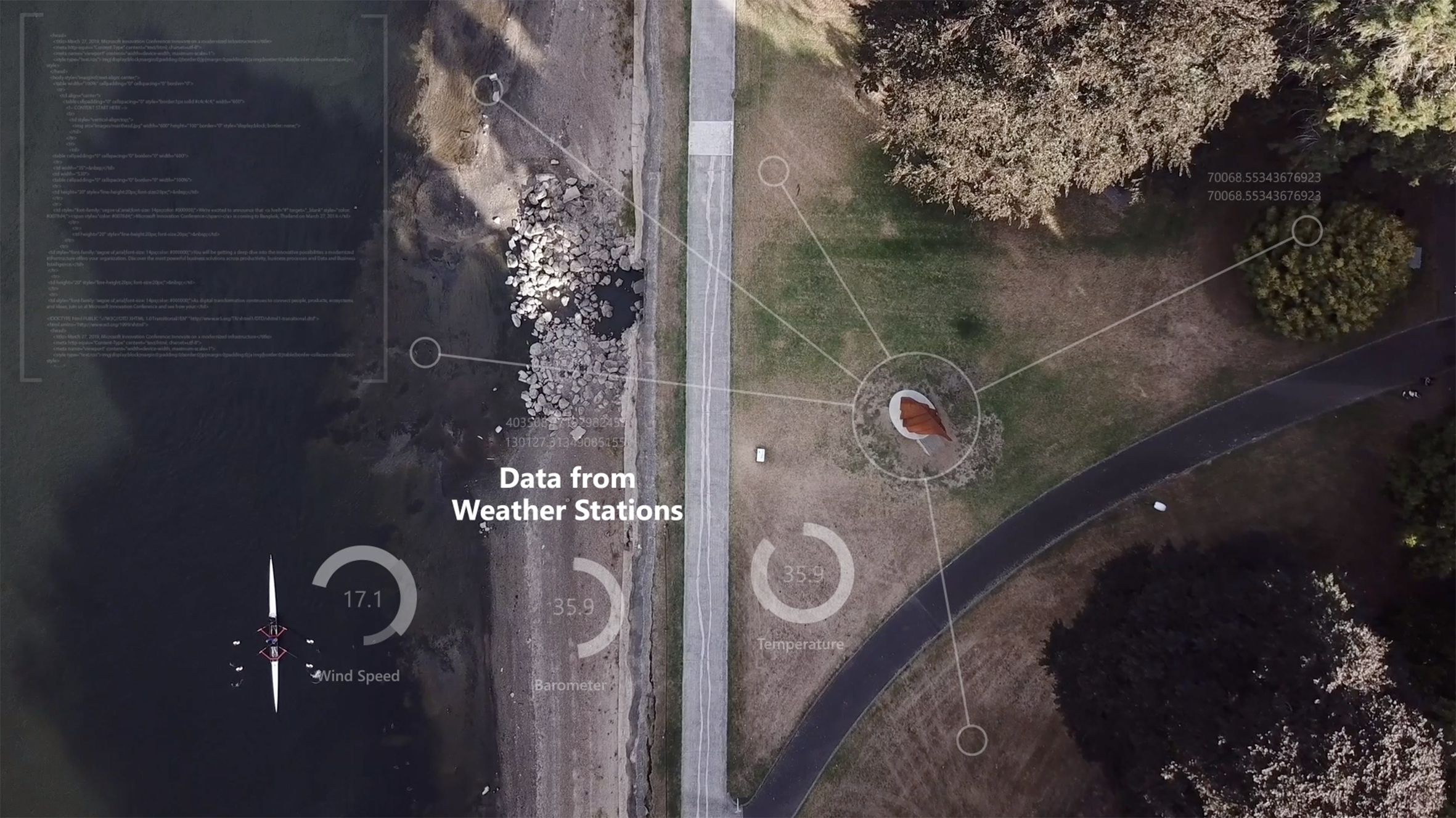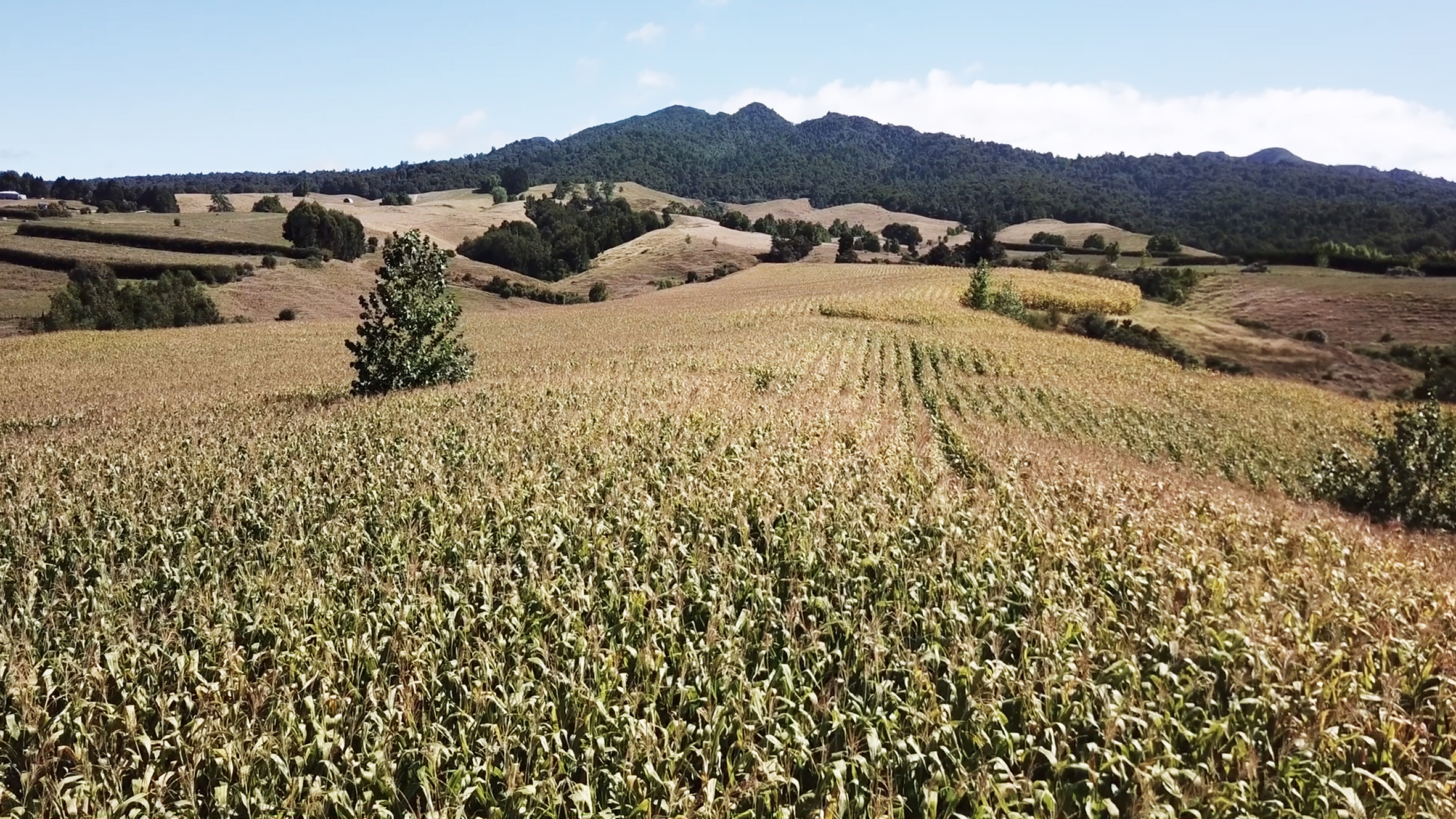In partnership with the Wintec Waikato Institute of Technology to bring to life Toia Mai, a Māori-inspired digital art installation, Microsoft helped students gain a deeper understanding of technology and data. Through information analysis, the project empowers anyone with access to create initiatives that can make a difference to the environment, especially vital to the New Zealand economy, which relies a great deal on agriculture, farming, and tourism.

Toia Mai, a Māori-inspired interactive art installation, is a multi-disciplinary, collaborative learning and community project, which also promotes responsible innovation. Led by Joe Citizen, an artist, tutor and PhD candidate at the Wintec Waikato Institute of Technology, in Hamilton, New Zealand, Toia Mai, has made technology such as artificial intelligence (AI) and the Internet of Things (IoT) accessible to students involved in the project, arming them with digital skills for the future.
Apart from students and staff across Wintec’s IT, trades, engineering, design, and early childhood education faculties, the project also involved Wintec’s Māori Achievement Office, researchers under the guidance of kaumātua (tribal elder) Tame Pokaia, the Hamilton City Council, and industry partners such as Aware Group (technology), Longveld (engineering), and ACLX (lighting).
The name “Toia Mai” refers to a call to action, to work together with a unity of purpose, which further highlights the many skills people have brought to this project. Shaped in the form of a waka―a traditional Māori sea vessel, much like a canoe―the 6.8-meter-tall interactive sculpture is informed by AI and an IoT network aligned with the seven stars of MatarikI, also known as the Pleiades star cluster, data from environmental sensors, seasonal and lunar changes, and the movement of people. All this data is translated into a personalized sound and interactive lighting experience when visitors approach, or step inside the sculpture.
According to Citizen, incorporatng digital technology into the sculpture was paramount. “I didn’t want to make something that was still and static. These days, people, the youth especially are really interested in engaging with participatory media,” he says. “The interactive aspect of it, which has been informed by an AI component, has enabled us to look at the ways in which youth can engage with interaction, which is a far better way of doing things. This is a generation that engages with participation, gamification, and co-creation.”
Toia Mai’s digital twin
Since all of the environmental and proximity sensors impact one another, and the Matariki elements are interconnected, the project team needed to find a solution to collect all the data from the various sources, process it in real time, and translate it into a common language to deliver a personalized sound and light experience to each visitor.
“We wanted to leverage AI in the waka project to bring some life to the sculpture. So we actually used quite a few of the Microsoft Azure IoT and the AI services to produce a digital twin of both the environment and the waka itself,” explains Jourdan Templeton, Chief Technology Officer at Aware Group.
“To build the experience for a person approaching the waka, we needed to represent that data in a digital way. So we have a number of weather stations and sensors deployed around Hamilton, and we’ve also aggregated data from other services. We bring that together, take it up to the Azure cloud. We combine that with data coming off cameras and we use that with AI to make a decision about what experience that person should have,” adds Templeton.
Beyond the classroom
More than just utilizing technology to deliver an interactive experience, the Toia Mai sculptor has exposed technologies like AI and IoT to the young co-creators of the project, which in turn helps prepare them for the future digital economy.
From traditional industries like agriculture to newer disciplines like advanced robotics, the field is wide open. Careers that involve science, technology, engineering, and mathematics (STEM) have never been in greater demand, and Wintec’s students are relishing projects like Toia Mai.
“I hope more such projects happen in the future, and a lot of Wintec students are involved, because it gives you practical experience, it makes you start to realize your capabilities in terms of innovation so that you can perform well in your career once you finish your studies,” says Arjun Robbie, a Wintec mechanical engineering student involved in the project.
Hagen Tautari, an advisor from Wintec’s Māori Achievement Office, echoes this sentiment. “The reason why we’ve wanted to be associated with this project is because we see the benefits of it for our students. I think what it’s done is it’s opened students’ eyes to a world of potential.”
In addition to being an interactive sculpture and a teaching tool, the Toia Mai project inspires responsible innovation in terms of the incoming data from environmental sensors. According to artist and project lead, Joe Citizen, “The students have gained real-world industry experience. They’ve learned how this type of technology enables us to understand our impact to nature in terms of the data. We can study the metadata and make sense of the information and learn that what we do makes a difference.”
With agriculture, farming, and tourism making up the backbone of the New Zealand economy, ensuring an environmental climate that enables a sustainable economic future becomes ever more critical. To that end, the environmental data that the Toia Mai project collects has the potential to aid conservation efforts, enhance prediction capabilities for better crop yields, and more.
“I think what was particularly powerful about AI is that it enables us to not just automate particular types of processes but also enables us to pursue what is the best practice in terms of how and where we get our information from, so this is the start of a journey, this isn’t a finished piece. It means that the metadata continues to grow over time. What we want to do is create an open source so that people all over the planet can engage with this data. It means that the metadata becomes part of the ongoing learning story,” explains Citizen.
To learn more about how Microsoft AI is amplifying human ingenuity to make a difference to communities and corporations, download the AI Report here.



